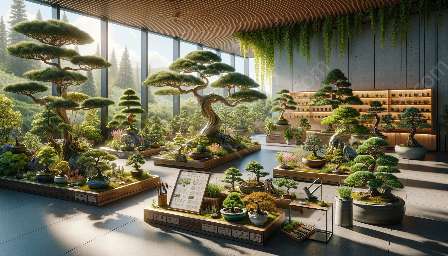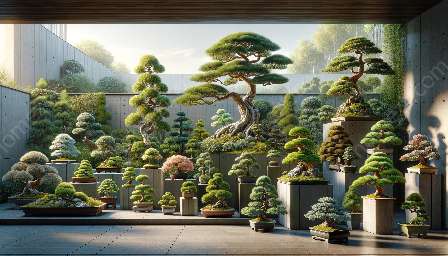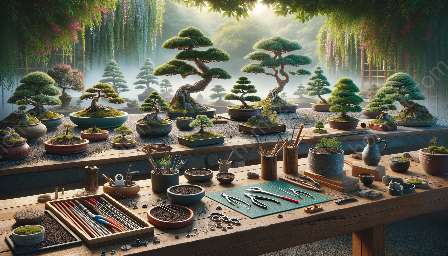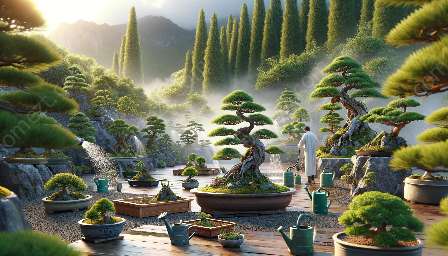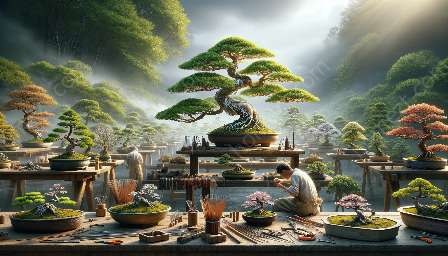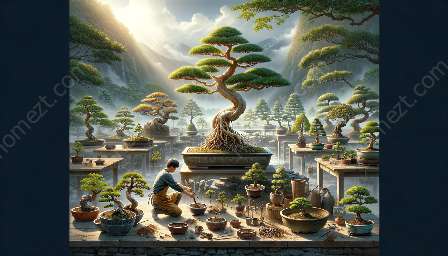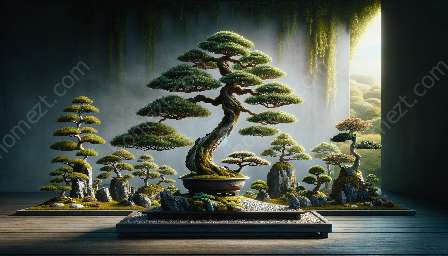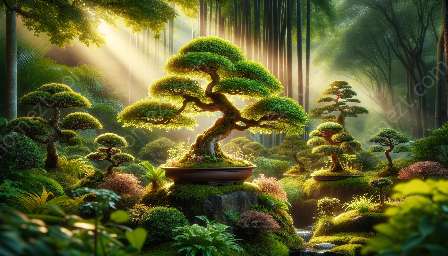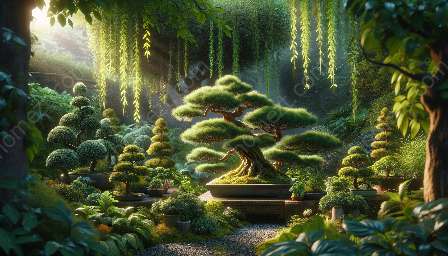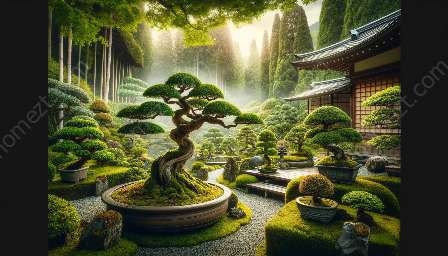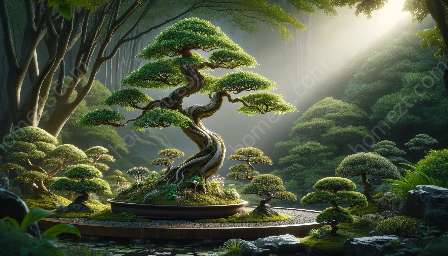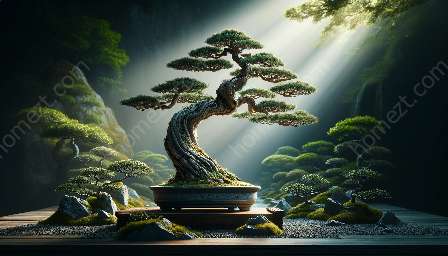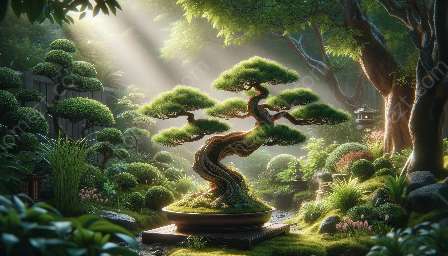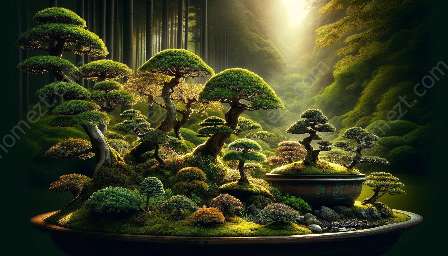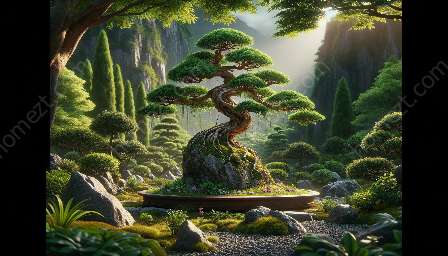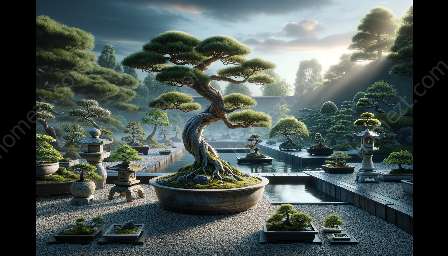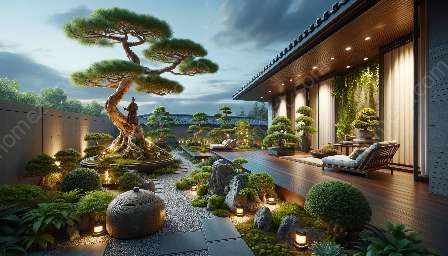Bonsai trees are works of art that require diligent care and attention. When it comes to deciduous bonsai care, specific techniques and practices are vital to ensure the health and beauty of these miniature trees. This comprehensive guide will delve into the essential aspects of caring for deciduous bonsai, offering valuable insights and practical tips for bonsai cultivation and gardening enthusiasts.
Understanding Deciduous Bonsai Trees
Deciduous trees, which shed their leaves during certain seasons, are popular choices for bonsai enthusiasts due to their stunning foliage and graceful silhouettes. Some well-known deciduous species used for bonsai include maples, elms, and beech trees. The natural growth patterns and changing colors of deciduous trees make them fascinating subjects for bonsai cultivation and landscaping.
Pruning and Training
Pruning is a fundamental aspect of bonsai care, and deciduous bonsai trees require specific techniques to maintain their shape and aesthetics. Regular pruning helps control the growth of branches and ensures a balanced canopy. With deciduous trees, pruning is often performed in late winter or early spring before new growth begins. This practice helps promote ramification and enhances the overall appearance of the bonsai.
In addition to pruning, training techniques such as wiring and shaping are essential for crafting the desired form of deciduous bonsai. Careful wiring can encourage the creation of intricate branch structures, while selective pinching aids in refining the canopy and stimulating back-budding.
Watering and Soil Care
Proper watering and soil care are vital for maintaining the health and vitality of deciduous bonsai trees. The watering needs of deciduous species can vary based on factors such as tree species, pot size, and environmental conditions. It is crucial to strike a balance, ensuring that the soil does not dry out completely while also preventing waterlogged conditions.
Well-draining bonsai soil is crucial for deciduous trees, as it facilitates adequate aeration and root development. A mix of organic and inorganic components, such as akadama, pumice, and lava rock, can provide the necessary structure and nutrition for the roots while allowing excess water to drain freely.
Seasonal Considerations
Understanding the seasonal requirements of deciduous bonsai is essential for successful cultivation. For instance, during the winter dormancy period, many deciduous species benefit from a period of cool rest to prepare for the upcoming growing season. Adjusting care routines based on seasonal changes, such as modifying watering frequency and considering temperature fluctuations, is crucial for the long-term health of deciduous bonsai trees.
Styling and Display
Beyond basic care practices, the aesthetic appeal and display of deciduous bonsai trees contribute to their overall impact. Considerations such as selecting suitable containers, creating harmonious compositions, and aligning the tree's design with the principles of bonsai aesthetics play a crucial role in showcasing the beauty of deciduous bonsai.
Incorporating deciduous bonsai into garden landscapes can also enhance the overall beauty of outdoor spaces. Understanding the growth habits and seasonal changes of deciduous trees allows for thoughtful integration into garden and landscaping designs, creating captivating focal points throughout the year.
Conclusion
Deciduous bonsai care is a multifaceted practice that intertwines elements of art, horticulture, and design. By mastering the care techniques and considerations specific to deciduous bonsai trees, enthusiasts can nurture these miniature marvels and witness the captivating beauty of nature expressed on a miniature scale. With a blend of knowledge, skill, and passion, the art of caring for deciduous bonsai becomes an enriching journey for bonsai cultivation and gardening enthusiasts.

